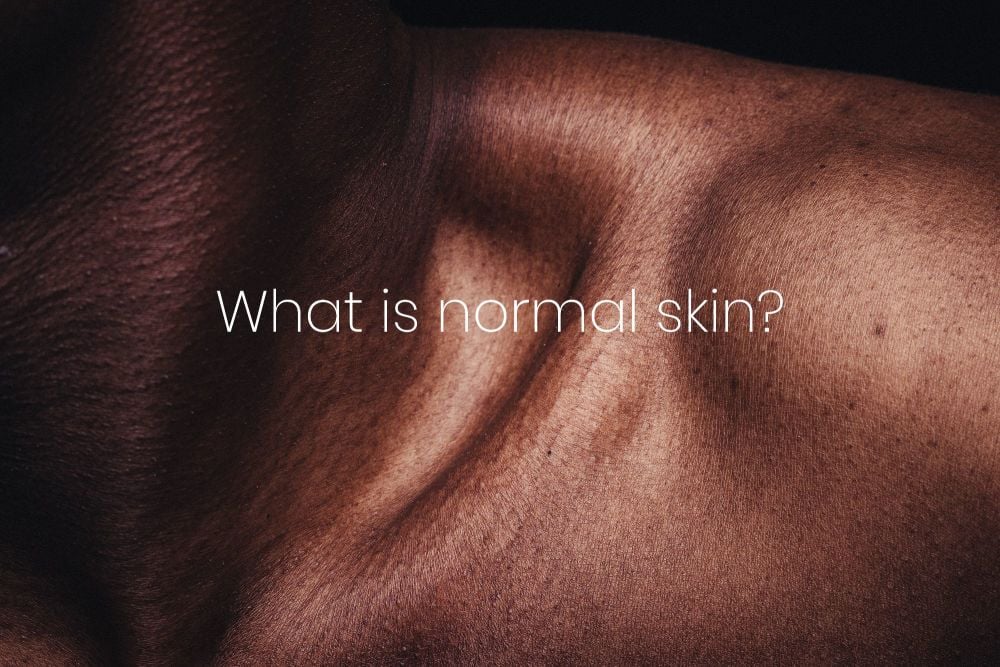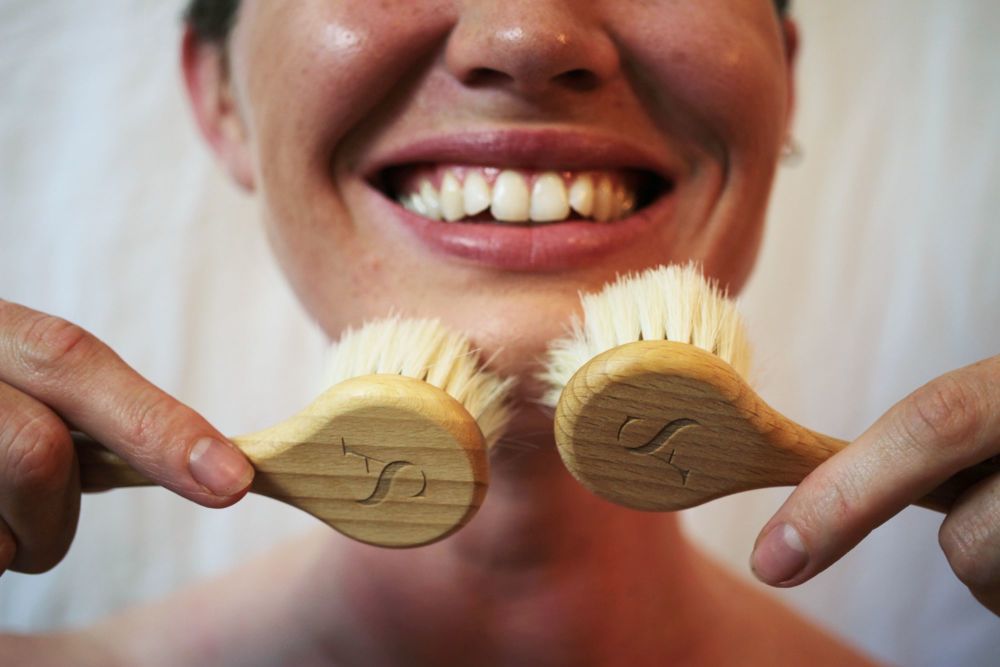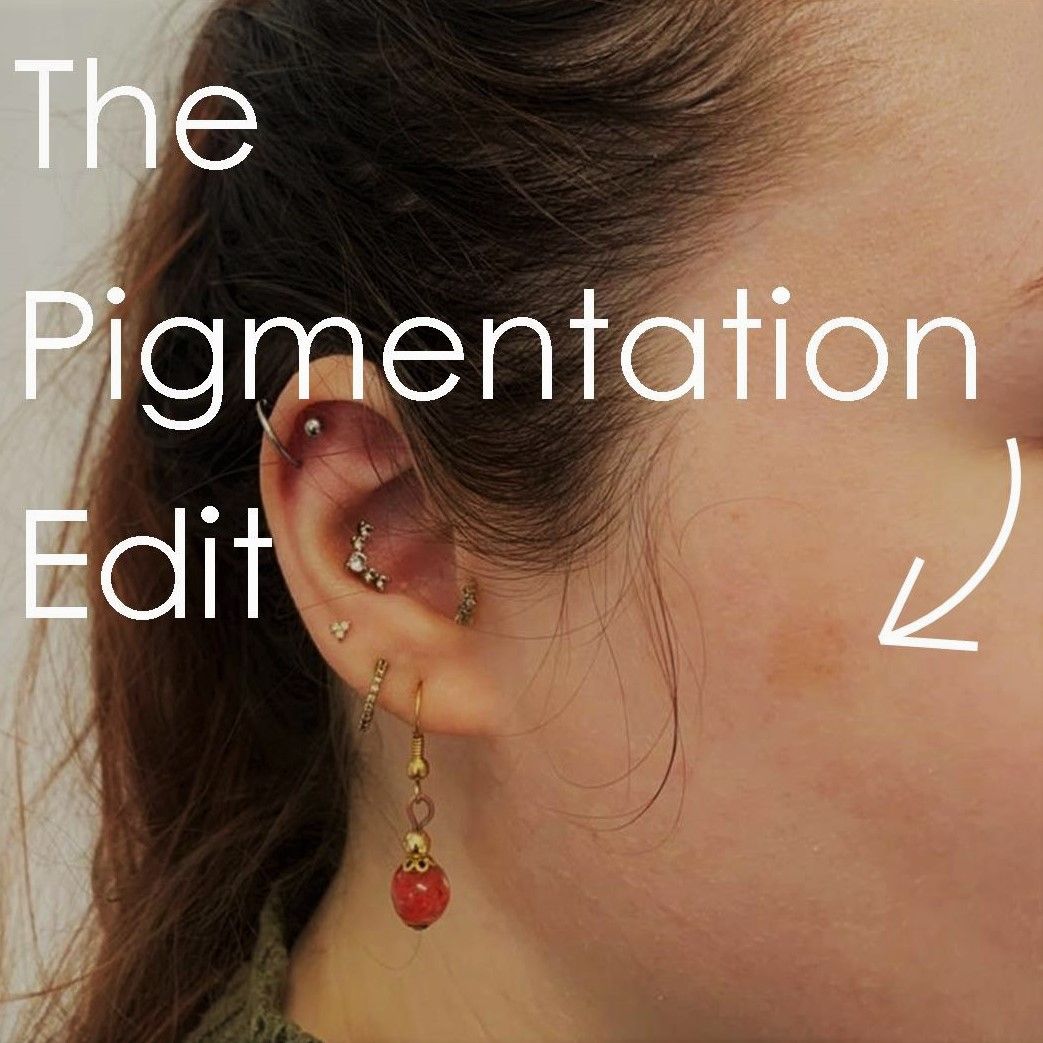
Alexandra’s April focus: Redefining ‘normal’
The meaning of the word normal has been redefined in many areas recently, namely gender, but what does it mean for skin?
Irrespective of gender or biological sex, there has never been a clear definition of normal skin and that is most probably because it does not exist. What is “normal” for one person may not be “normal” for another. Having touched thousands of people’s skins I know how one person’s skin may be naturally soft and delicate whilst another may be naturally firm and resilient, I consider both normal.
“Normal” skin to me is essentially healthy skin, and we can certainly define healthy skin in a way that applies to everyone. Healthy skin has its metabolic functions in good order; this means that it can look after itself with minimal care. All its layers and components are doing what they have been designed to do, and its barrier consists of a strong microbiome, ready to defend against invading pathogens and keep the skin supple and balanced.
Here are some signs that your skin is healthy:
- Does not feel dry/tight/flaky without moisturiser or oil.
- May be naturally oily but not prone to acne.
- Does not generally react to good quality natural skincare products.
- Is not too sensitive to temperature changes.
- Does not feel itchy.
- Can be massaged without breaking out.
With the increasing trend towards removing skin layers and accelerating cell division, all in the name of ‘perfection’, healthy skin is on the decline. For long term healthy skin that will defend us against pathogens, free-radicals, and stress, the very best thing we can do is to stop attacking it. Instead learn how to support and nourish it. The skin is a living organ – it knows what to do to protect us.
So, what does healthy skin need in terms of skincare?
Healthy skin does not need a lot of care per se; maintenance is the name of the game to ensuring its prolonged health.
For those wishing to go a step further:
Healthy skin is the perfect foundation from which to slow the effects of ageing. This can be achieved with a dedicated daily massage, drainage, and skincare regime that includes ‘feeding’ the skin in a way that supports all its metabolic functions, just like professional athletes invest in training and nutritional plans to increase performance.
I designed my range with this in mind, every step is there to support and encourage the skin to regenerate in a healthy way, making it more resilient, and ensuring there is nothing for it to worry about – other than just regenerate and be happy!
With every boxed Soveral product we offer an information leaflet with instructions on how to do a daily face massage and a full skincare maintenance routine designed to also improve its performance.
Top Tip: Get your pH right
Check the pH of your skin to ensure it is well balanced by doing the following simple steps:
Cleanse the skin efficiently, then wait 10 minutes.
Spray Floral Rain and allow to dry naturally.
How does it feel? If the skin feels tight or tingly, it is likely that it is out of balance.
If you are looking to understand your skin better, or to create a bespoke regime for your healthiest skin, book in for a consultation or a treatment and we will talk you through the perfect steps for your skin.




